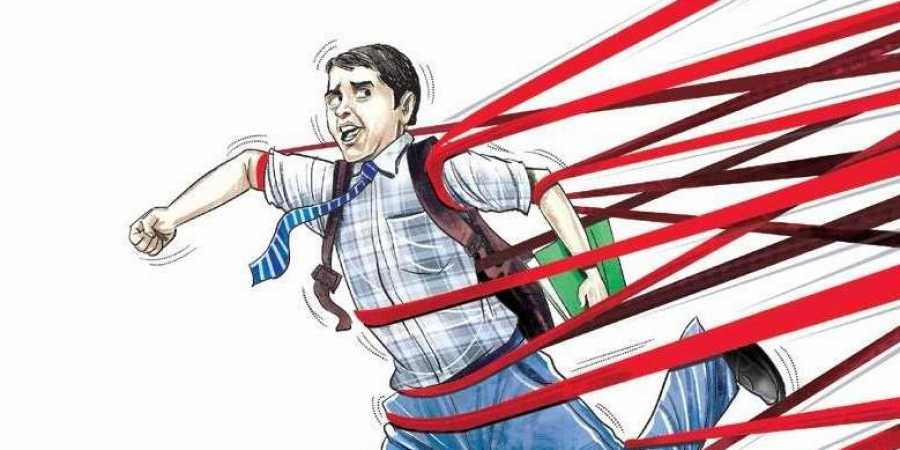
Launch of digital platform for classroom learning can revolutionise rural education
Given the varied challenges facing the Indian education system today, the launch of three digital platforms — Swayam, Swayam Prabha and National Academic Depository — should usher India into a new era of school and higher educational reforms. Nationwide, the way our young ones have adopted digital media technology, is commendable. At the same time, with digitisation, India’s education sector too has developed at a phenomenal pace in the last few years. Modern-day classrooms are no more traditional. They have undergone a sea-change — textbooks have been replaced by computer tablets; chalk boards have been swapped by digital smart boards. What, however, has been distressing is that access to digital technology remained largely confined to urban and semi-urban India, even as many students in rural areas remained deprived of even primary education. Year after year, the Annual Status of Education Report (ASER) pointed out to this disparity in school education. For example, the ASER report 2016, said that the proportion of children in Class V who could read a Class II level text (book) declined to 47.8 per cent in 2016 from 48.1 per cent in 2014. It further stated that the overall learning level among Indian students was “pretty disappointing”. One of the biggest stumbling blocks towards accessibility to quality education in rural areas has been poverty. Poor infrastructural facilities; ill-trained teachers; lack of learning materials and innovative methods of learning, are primarily responsible for this situation. It was made complex due to the lack of political will and governance failures. Simultaneously, the launch of educational schemes such as the Right of Children to Free and Compulsory Education Act, 2009, or the Sarva Shiksha Abhiyan, have been of little help. While these programmes laid down strict norms and standards for the schools to follow, they failed to improve learning outcomes. To this end, the launch of a digital platform that can be accessible pan-India, will hopefully address the problem to a large extent. The use of mobile phones and Internet will ensure that the course is accessible to students across the country.
Certainly, digital content and medium are the way ahead and will play an important role in our classrooms in the coming years. Controversies notwithstanding, what is sure is that, if appropriately used, they can be a dominant instrument to amplify the effectiveness of classroom instruction. However, challenges to the expansion of digitisation will be many. And the Government must do well to take note of them and address the problems. Educational content for the courses need to be consistent; it must also be available in all regional languages; teachers need to be trained appropriately to use various digital tools so that they can prepare classroom instruction materials on time. To this end, the role of private organisations and digital service providers will be crucial. They must lend their support to the Government to not only ensure that overall costs are brought down but to also find out ways and means for the technology to be easily accepted and adopted in villages.
[“Source-dailypioneer”]






